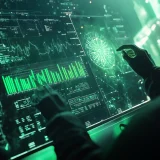I’ve always been a fan of science fiction, and, if pushed, a Trekkie. I’m fascinated as much by the technology as by the stories; by the philosophy as by Uhura. Those spaceships that seem to have been constructed not in a factory but by some kind of techno-alchemist; by the multicultural crew who always seem to know exactly what they have to do because they have the information they need to hand. I’m fascinated by the crisis suites, where colorful screens display deck plans of the ship indicating precisely and immediately where the problem is.
Is this wonderful future utopia the result of Big Data, the IoT or AI? Is the Starfleet crew merely a motley of interstellar Devops in colorful uniforms?
As the CEO of my own company, one of my dreams is for everything to work as well as it does in Star Trek, with the difference being that, instead of seeking out new life and new civilizations, I prefer to seek out new clients and new sectors, and beam my technology down to solve their problems. I also dream of those screens that display damage reports during the thick of space-battle, the maxed-out Warp drive, or the amount of oxygen remaining before the crew breathe their last in the dark abysm of outer space.
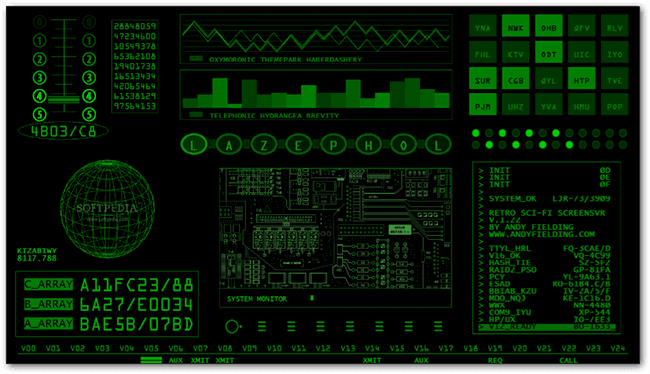
The mere idea of having one of those screens in front of me on the bridge of the Starship Enterprise…err, I mean, my office, and being able to see client orders in real time, incidents ordered according to their origin and the level of truth-bending in SLA agreements, fills me with joy. I’d also love to see a flashing green or red light next to the name of the redshirt responsible for each hull breach incident and be able to push a button that generates a PDF containing all the necessary information to give him before sending him down to fix it, laptop between teeth.
The perfection of the Starship Enterprise is its marvelous Warp drive and integrated IT systems. Who knows whether space ships in the 24th century will have Windows or Linux installed, but whichever OS Starfleet uses, it’s quick to alert when pressure builds up in the main cryo-pump and the Warp drive starts to overheat. Apparently, Java has no place in the future utopia of the United Federation of Planets.
However many zettabytes of data the Enterprise generates, it never seems to ruffle its captain, meditating silently in his chair on the bridge. Of course, he has all the information he needs at his fingertips (once again, those delicious screens!), and doesn’t need Scotty sending him reports full of technical jargon. Instead he gets information and updates from the ship itself. Only when a Klingon attack vessel leaps out of subspace, or an attractive, blue-skinned alien princess starts singing does he break a sweat.
Maybe this is the secret of the United Federation’s harmonious functioning: its leaders and commanders receive the information they need as and when they want it, with the minimum of fuss.
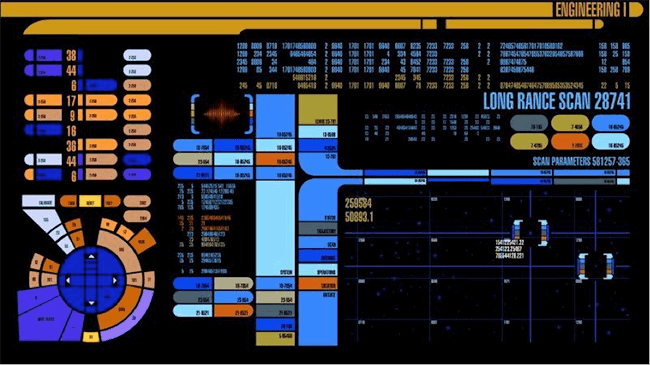
Only two score and ten years ago the Tricorder was the height of our technological fantasies, the future-dream of our younger selves (when it wasn’t our very own lightsaber), while nowadays we nonchalantly tap our iPhones, between blasé slurps of skinny frappes, inured to the powerful and sexy infinity rectangle in our palm. As captains of industry, if not of spaceships, we need to enable our handhelds to give us real-time feedback on our business process statuses. We have the technology, we have the capability (sorry, wrong TV show). What’s stopping us from realizing our dreams?
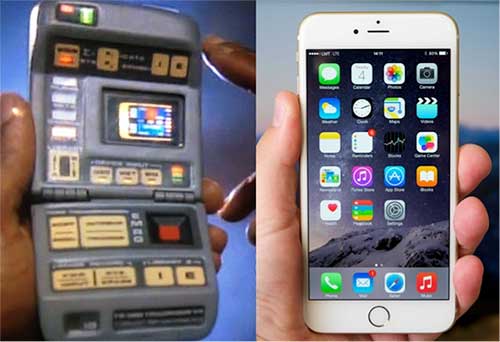
There’s no need to get into bed with BigData; and we’re still recovering from our affaire with the Business Intelligence heartbreakers. The Devops want to party and we’re still hung over from the Cloud. What’s going to be next? Total assimilation by the Borgs?
Star Trek has been monitoring since the 1960s and it hasn’t done too badly. Problems have always been identified, located and fixed before the Warp drive ever shut down completely. It turns out that the ship could take it, despite Scotty’s familiar protests. We all have a screen in front of us, but where are the magic panels of the Enterprise, replete with the information we desire?
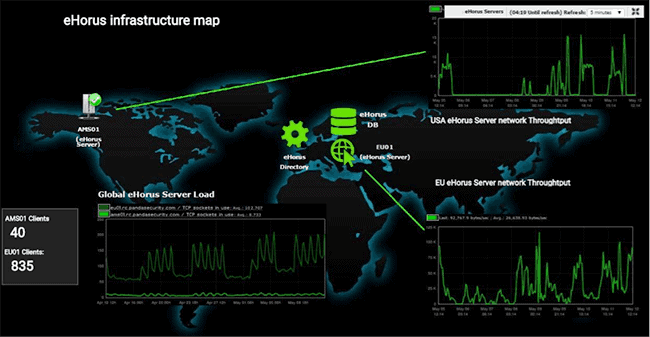
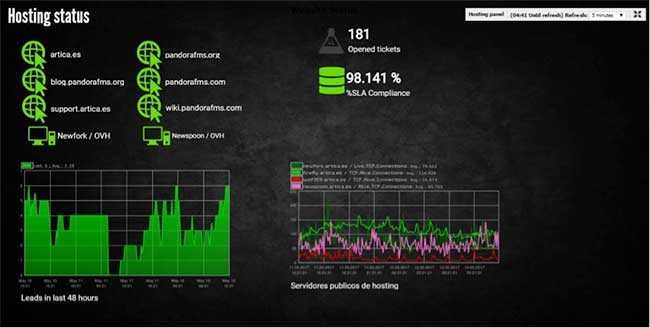
Monitoring is as old as the steam engine or records of the Sumerian harvests. We don’t have to wait until the 24th century to have access to the information we need about our business operations.
Let’s seize this ripe technological moment of interconnectedness to extract information in real time about client incidents, leads, payments, delivery problems, delays, IT infrastructure incidents, anything that impedes the correct functioning of your clients’ business operations. Why wait for the managers of the various divisions to report? I want to see information flowing across my screens. I want my monitoring cup to runneth over. Let it rain data!
In my office there are a couple of 60¨ TV screens that display the flow of incoming leads, show incidents reported by my clients and all the critical webs and infrastructure of my business. Nothing escapes my all-seeing eye, and if you think that sounds like science fiction, you’re right. I love sci-fi; that’s why I created Pandora FMS.
About Pandora FMS
Pandora FMS is a flexible monitoring system, capable of monitoring devices, infrastructures, applications, services and business processes.
Of course, one of the things that Pandora FMS can control is the hard disks of your computers.
Would you like to know more about what Pandora FMS can offer you? Discover it by entering here: https://pandorafms.com
If you have more than 100 devices to monitor, you can contact us through the following form: https://pandorafms.com/en/contact/
Also, remember that if your monitoring needs are more limited you have at your disposal the OpenSource version of Pandora FMS. Find more information here: https://pandorafms.org
Do not hesitate to send us your queries. The Pandora FMS team will be happy to assist you!
Pandora FMS’s editorial team is made up of a group of writers and IT professionals with one thing in common: their passion for computer system monitoring. Pandora FMS’s editorial team is made up of a group of writers and IT professionals with one thing in common: their passion for computer system monitoring.


















